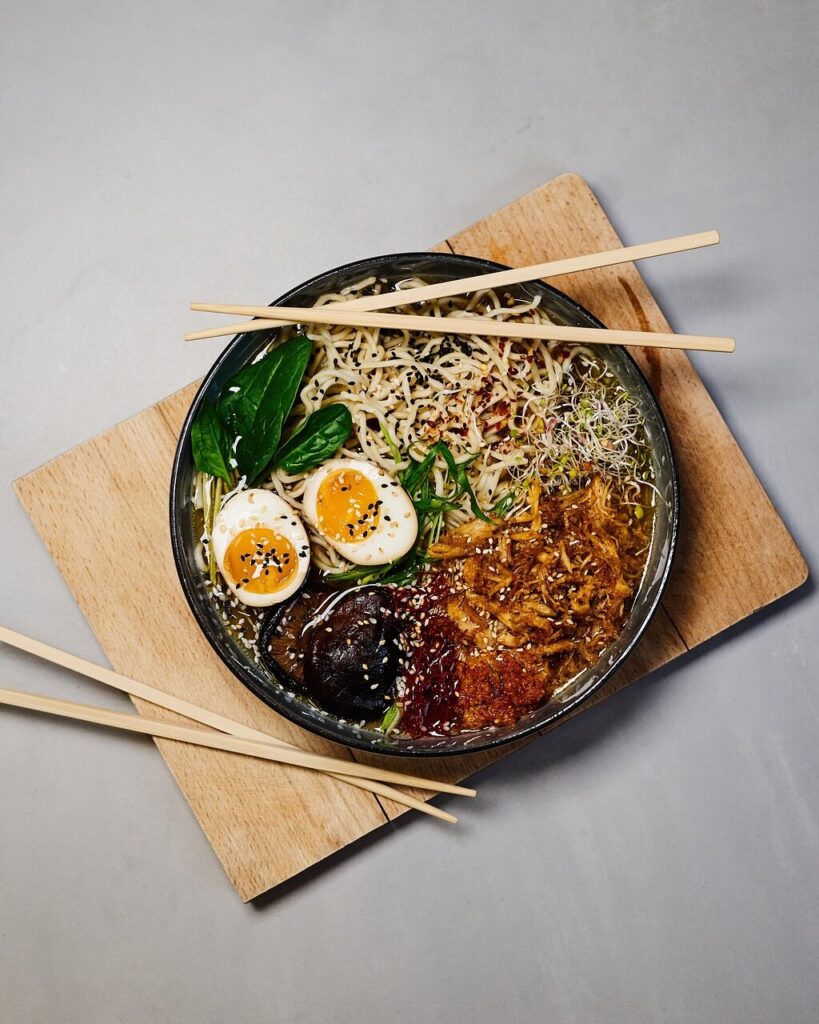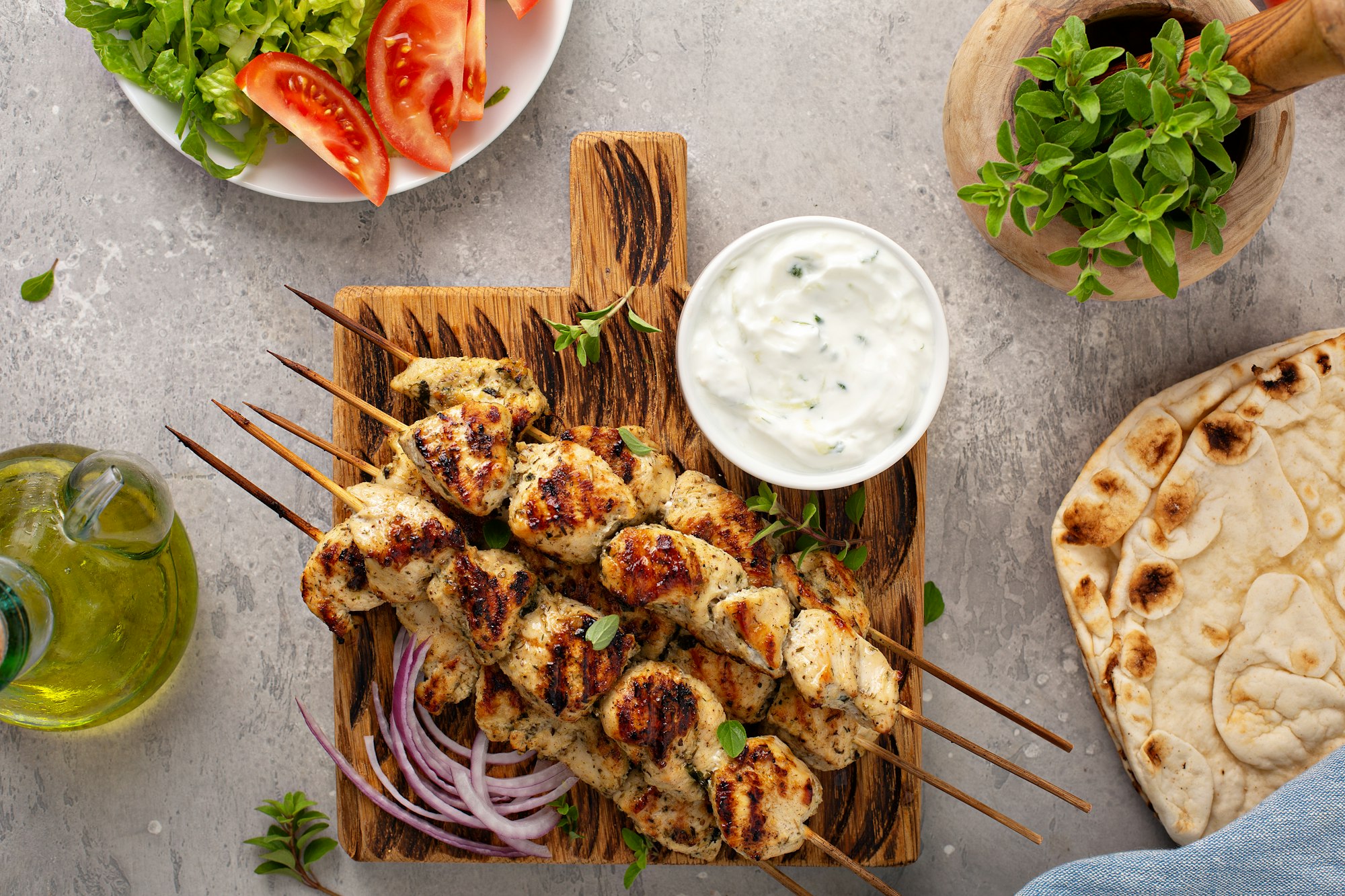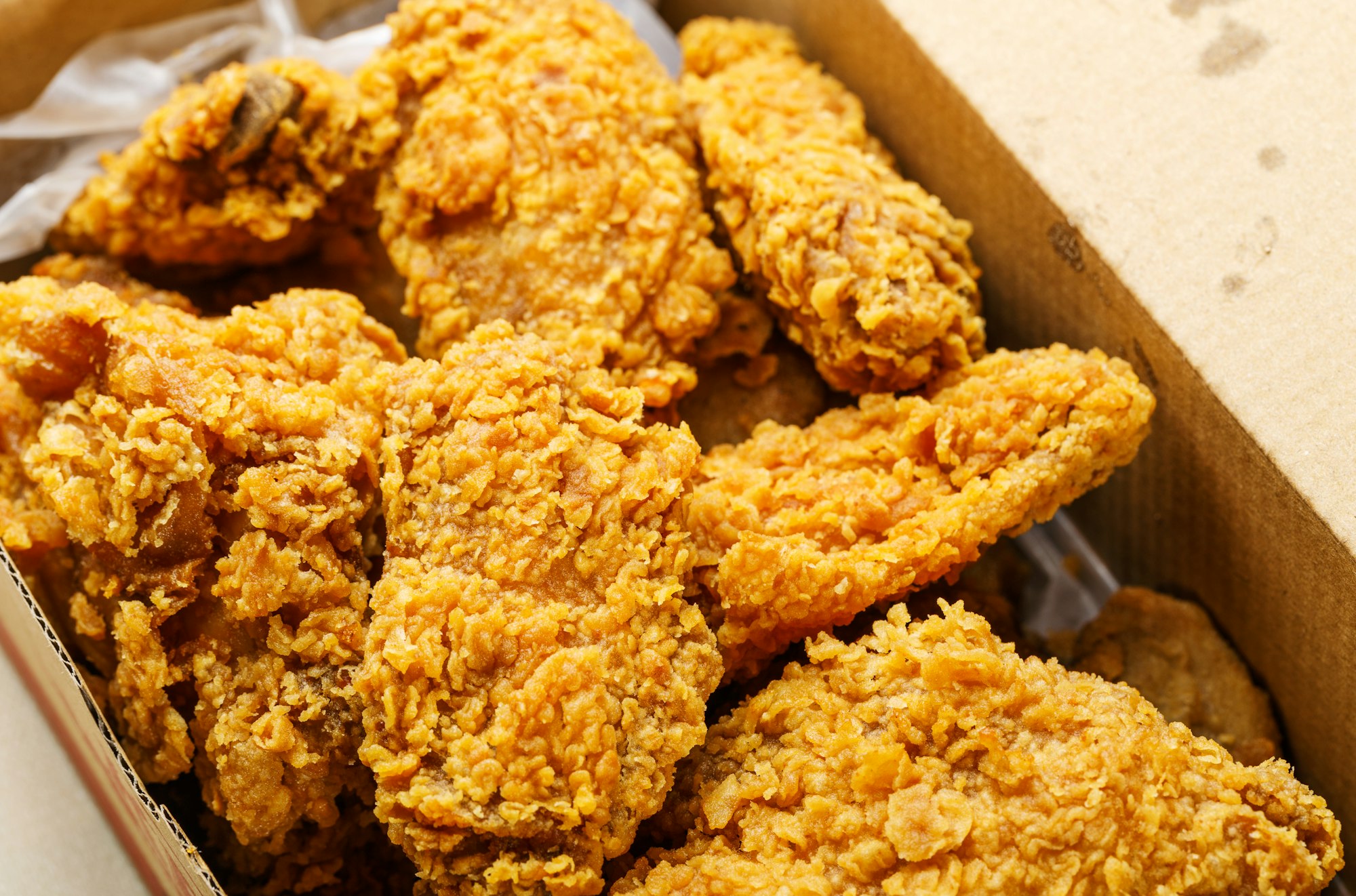
Eating noodles can offer several potential health benefits, including:
Source of energy: Noodles are a good source of carbohydrates, which provide the body with energy for various activities. Carbohydrates are broken down into glucose, which is used by cells for energy production.
Rich in nutrients: Some types of noodles, particularly whole-grain noodles, are rich in essential nutrients, including fiber, iron, B vitamins, and minerals. These nutrients play crucial roles in maintaining overall health and supporting various bodily functions.
Versatile and customizable: Noodles are incredibly versatile and can be incorporated into a wide variety of dishes. They can be served hot or cold, in soups, stir-fries, salads, or as a base for various toppings and sauces.
Affordable meal option: Noodles can be a relatively affordable meal option, especially when made at home with simple ingredients. This makes them a popular choice for people on a budget.
Cultural significance: Noodles hold cultural significance in many parts of the world, often associated with celebrations, traditions, and family gatherings.
Here are some additional benefits of eating specific types of noodles:
Whole-grain noodles: Whole-grain noodles provide more fiber than refined noodles, which can aid in digestion, promote gut health, and contribute to a feeling of fullness.
Egg noodles: Egg noodles are a good source of protein, which is essential for building and repairing tissues, maintaining muscle mass, and supporting various bodily functions.
Rice noodles: Rice noodles are a gluten-free option, making them suitable for individuals with celiac disease or gluten sensitivity.
However, it is important to note that not all noodles are created equal. Some noodles, particularly instant noodles, may be high in sodium, unhealthy fats, and added sugars. Therefore, it is crucial to choose noodles carefully and consume them in moderation as part of a balanced diet.
Here are some tips for making healthier noodle choices:
Opt for whole-grain noodles: Choose whole-grain noodles over refined noodles whenever possible. Whole grains provide more fiber, nutrients, and a lower glycemic index, which means they cause less of a spike in blood sugar levels.
Limit instant noodles: Instant noodles can be high in sodium, unhealthy fats, and added sugars. Consume them in moderation and look for healthier instant noodle options with lower sodium and healthier fats.
Pair with lean protein and vegetables: Combine your noodles with lean protein sources, such as grilled chicken, fish, or tofu, and plenty of vegetables to create a more balanced and nutritious meal.
Control portion sizes: Be mindful of portion sizes to avoid overconsumption of calories and carbohydrates.
Make your own sauces: Instead of relying on packaged sauces, which can be high in sodium and unhealthy ingredients, make your own sauces using fresh herbs, spices, and low-sodium broths.

Noodles are a staple food in many cultures around the world, and for good reason. They are versatile, affordable, and can be customized to fit any taste. Here’s a basic guide on how to make noodles from scratch:
Ingredients:
- 2 cups all-purpose flour, plus more for dusting
- 3 large eggs
- 1 teaspoon salt
- 1 tablespoon olive oil
Instructions:
- Make the dough: In a large bowl, whisk together the flour and salt. Create a well in the center and add the eggs and olive oil. Using a fork, gradually incorporate the flour into the wet ingredients until a shaggy dough forms.
- Knead the dough: Turn the dough out onto a lightly floured surface and knead for 5-10 minutes, or until smooth and elastic. If the dough is too sticky, add a little more flour, one tablespoon at a time. If it’s too dry, add a little water, one teaspoon at a time.
- Rest the dough: Wrap the dough in plastic wrap and let it rest at room temperature for 30 minutes. This allows the gluten to relax, making the dough easier to roll out.
- Divide the dough: Divide the dough into four equal pieces. Cover the pieces you’re not working with to prevent them from drying out.
- Roll out the dough: On a lightly floured surface, roll out one piece of dough into a thin sheet, about 1/16-inch thick. If using a pasta machine, set it to the widest setting and roll the dough through, gradually reducing the thickness until you reach the desired thinness.
- Cut the noodles: Using a sharp knife, cut the dough sheet into thin strips, about 1/8-inch wide for fettuccine or 1/16-inch wide for spaghetti.
- Cook the noodles: Bring a large pot of salted water to a boil. Add the noodles and cook for 2-3 minutes, or until al dente (tender but still slightly firm). Drain the noodles and toss with a little olive oil to prevent sticking.
- Serve immediately: Enjoy your fresh, homemade noodles with your favorite sauce, vegetables, and protein.
Tips:
- Use high-quality flour: For the best results, use high-quality flour with a high protein content. This will help yield a chewier and more flavorful noodle.
- Rest the dough properly: Resting the dough allows the gluten to relax, making it easier to roll out and preventing the noodles from becoming tough.
- Use a light touch when rolling: When rolling out the dough, use a light touch and avoid overworking it. This will prevent the noodles from becoming gummy.
- Cook the noodles until al dente: Al dente means “to the tooth” in Italian. This refers to cooking the noodles until they are tender but still have a slight bite to them. Overcooking the noodles will make them mushy.
- Toss with olive oil: Tossing the cooked noodles with a little olive oil will prevent them from sticking together and will add a touch of flavor.
- Get creative with shapes: You can use different tools to cut your noodles into different shapes, such as tagliatelle, pappardelle, or even ribbon noodles.
- Serve with your favorite toppings: There are endless possibilities when it comes to topping your noodles. Try a simple tomato sauce, a creamy pesto, or a hearty meat ragu.
Enjoy the process of making your own fresh noodles and savoring the delicious results!







